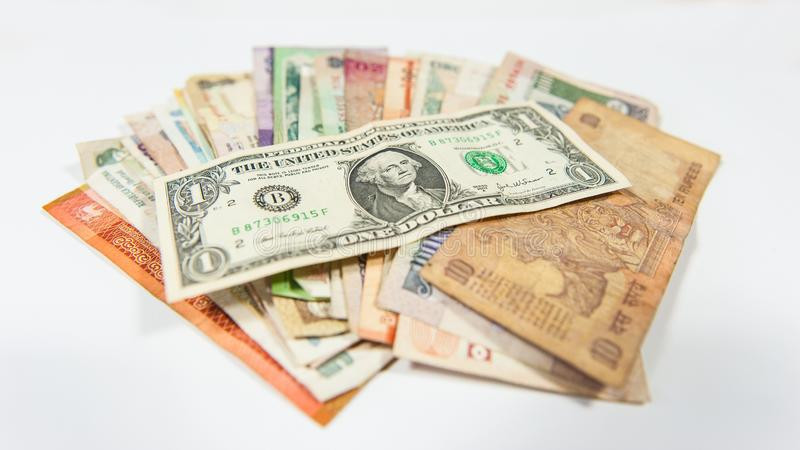
This morning, the US national currency has fallen to its lowest level for the last four months against the Japanese currency. As for the common European currency, the US dollar sank even lower. It hit its two-year low against the euro. The reason for such a sharp downtrend was the news that the country's main regulator is preparing to adopt a new stimulus package aimed at recovering the economy from the global coronavirus pandemic.
The next meeting of the Fed is scheduled for tomorrow and the day after tomorrow. Ahead of this meeting, experts make forecasts of some possible steps which could be taken by the authorities. Some analysts believe that the Fed will not propose any measures but will just prepare the ground for the next stimulus packages, which may be introduced in early autumn.
In addition, the Central Bank is likely to report on the average inflation rate, which is currently of greater importance. Thanks to this, it will be possible to keep the interest rates at a fairly low level for some time.
Analysts believe that the US currency will adjust to the current market situation and stop overreacting to the news. A higher inflation rate has its advantages. Thus, the regulator will be able to leave the economy overheated for a longer period of time.
Meanwhile, the total value of short dollar positions in the foreign exchange market has grown significantly over the past week. Now it is around $18.81 billion, while it was $16.65 billion last week.
The US dollar index lost 0.5% and reached the level of 93.962 against six major currencies.
At the same time, the national currency of Japan continued to gain ground against the greenback. It added 0.48% to the level of 105.61 yen per dollar.
The common European currency is also extending gains: this morning, the currency has advanced by 0.45% to the level of 1.1707 dollars per euro.
The British currency went up by 0.3% , reaching 1.2827 dollars per pound sterling.
The national currency of Australia increased by 0.38%, moving to the area of 0.713 per aussie.
The New Zealand dollar also jumped by 0.38% to the level of 0.6669 dollars per kiwi.
China's national currency added 0.2% and managed to stay firmly at around 7.0002 yuan per dollar.
Thus, It can be concluded that the US dollar continues to experience difficulties related to geopolitical and epidemiological problems putting strong downward pressure on its value. According to most analysts, the greenback will hardly be able to recover in the near future. Therefore, it may be time to get ready for an even greater collapse.





















